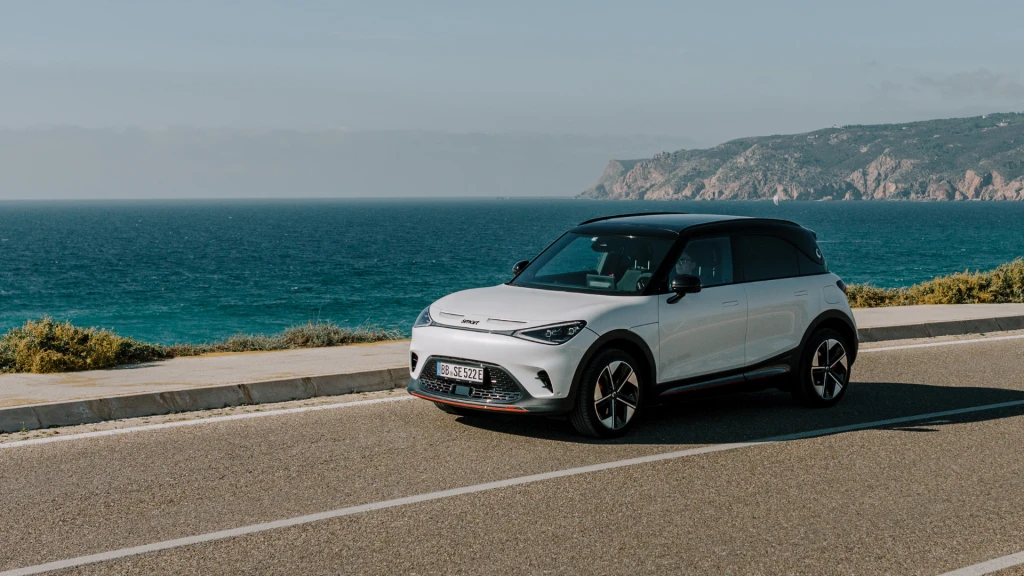What is the Otherwise Deductible Rule?
If you’ve been researching novated leasing or salary packaging, you’ve probably come across the term “Otherwise Deductible Rule” and immediately wondered - what does that mean?
It sounds complicated, but once you break it down, it’s actually a simple ATO rule that works in your favour—especially if you’ve got a novated lease.
Let’s demystify it.
The short version: It’s about tax deductions you’d normally be entitled to
The Otherwise Deductible Rule is an ATO principle that says:
If you’d normally be allowed to claim a tax deduction for a benefit (like using your car for work), then you don’t have to pay Fringe Benefits Tax (FBT) on that portion.
In other words: If a benefit is “otherwise deductible,” it reduces the taxable value of the fringe benefit. That can lower or even eliminate the FBT your employer pays - which can result in lower lease costs for you.
So how does that work with novated leases?
When you have a novated lease, the ATO sees it as a fringe benefit because your employer is helping you pay for a car. Normally, fringe benefits attract FBT.
But! If you use the car for work purposes (driving to client sites, meetings, remote job locations, etc.), that work-related use is considered “otherwise deductible”.
So instead of paying FBT on the entire value of the benefit, it’s reduced by the portion that would’ve been tax-deductible anyway.
Real-life example: Meet Sam
Let’s say Sam is a civil engineer who leases a ute through a novated lease. He uses the vehicle for:
Driving to and from the office (personal use – not deductible)
Visiting job sites and clients (business use – deductible)
Because Sam’s business-related driving would normally qualify as a tax deduction, the Otherwise Deductible Rule means that portion is exempt from FBT. His employer pays less FBT, and those savings are often passed on to Sam via lower lease costs.

What counts as “otherwise deductible”?
Here are some common examples where the rule may apply:
Driving between work sites or client locations
Transporting tools or equipment for work
Travelling for work-related training or meetings
But not:
Commuting between home and your regular workplace
Running personal errands
Weekend road trips (sadly)
Do I need to prove it?
Yes, but it’s not too hard. To apply the Otherwise Deductible Rule, you’ll generally need to:
Keep a logbook for a set period (usually 12 weeks)
Record the business vs personal kilometres
Update your logbook if your usage changes significantly
Your novated lease provider (like us!) can help guide you through this; it’s not as scary as it sounds, and it could save you hundreds or even thousands.
Is this still relevant with EVs?
Yes and no.
Thanks to the Electric Car Discount, eligible EVs (under the LCT threshold) are exempt from FBT altogether. That means you don’t even need to apply the Otherwise Deductible Rule because there’s no FBT to reduce!
When the rule really matters
For non-EV vehicles, especially those used heavily for work purposes, the Otherwise Deductible Rule can make a big difference to your overall lease cost.
Employers love it because they pay less FBT. Employees love it because it means:
Lower lease costs
More accurate reflection of business use
Better value for your salary package
It’s not a trap, it’s a tax benefit
Despite its intimidating name, the Otherwise Deductible Rule is a helpful tool that ensures you’re not paying tax on car use that would’ve been deductible anyway.
If you’re considering a novated lease, especially for a non-EV, ask your provider how this rule could apply to you.
And remember, you don’t have to be a tax accountant to drive smart. Just use our novated lease calculator and get a fast, no-strings estimate.
Start Your Tax-Saving Journey Now
Not sure how much you could save Use our novated lease calculator for a quick, tailored estimate. Easily customise your estimate based on your income, your vehicle, and your goals.













